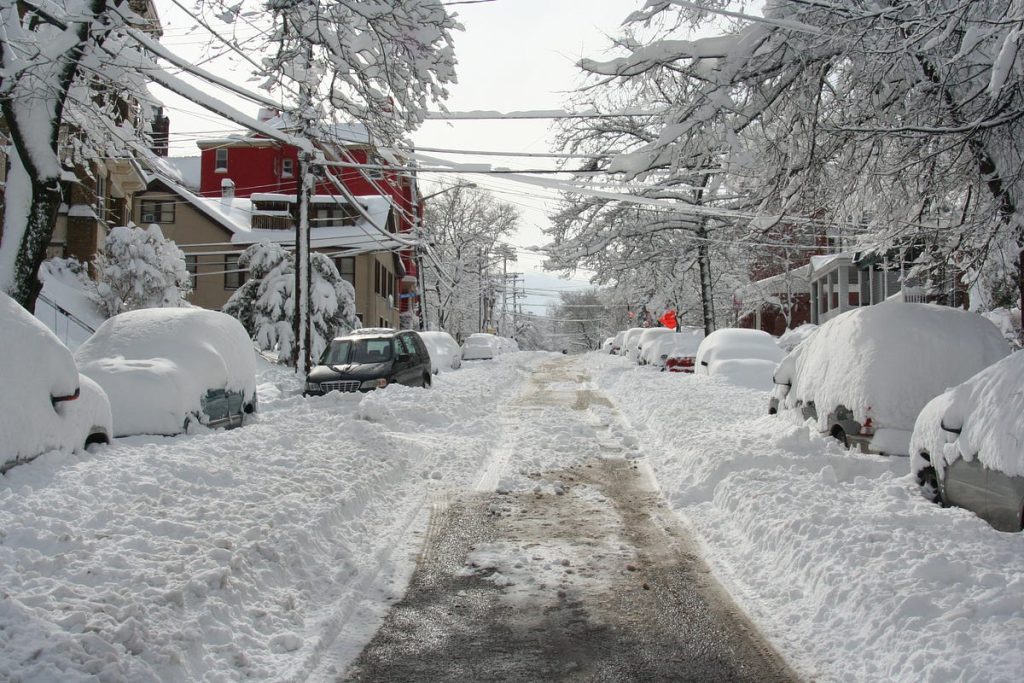The snowstorm that caught millions off guard, froze the South, and paralyzed the Mid-Atlantic remains a chilling memory 25 years later. January 2000 brought an unrelenting snowstorm that left cities buried, transportation crippled, and homes without power for days. For residents in North Carolina and across the Mid-Atlantic, it wasn’t just another winter storm—it was a wake-up call.
This blizzard blasted through with unexpected intensity, burying Raleigh and Greensboro under nearly two feet of snow. Even Washington, D.C., a city familiar with winter, ground to a halt. Power lines snapped under the weight of snow and ice, while local governments struggled to dig out. Schools and businesses shuttered for days as emergency crews worked around the clock.
For the South, where snow removal resources were scarce, the storm’s impact was devastating. Communities improvised, pulling together to clear streets, deliver supplies, and keep each other safe. Families huddled indoors, rationing heat as power outages stretched for days in some areas. It was a moment that tested resilience in the face of nature’s brute force.
The January 2000 snowstorm also reshaped how cities and towns prepare for extreme weather. Local officials doubled down on salt supplies, invested in snowplows, and refined storm alert systems to ensure they wouldn’t be caught off guard again. The storm served as a humbling reminder: even regions unaccustomed to heavy snow must be ready for the unexpected.
As we reflect on this event 25 years later, it’s clear the storm left behind more than just snowdrifts—it left valuable lessons in preparedness and community strength. This anniversary is a chance to honor those who weathered the storm and to remember how a rare Southern blizzard united neighbors in the fight to reclaim their towns.

